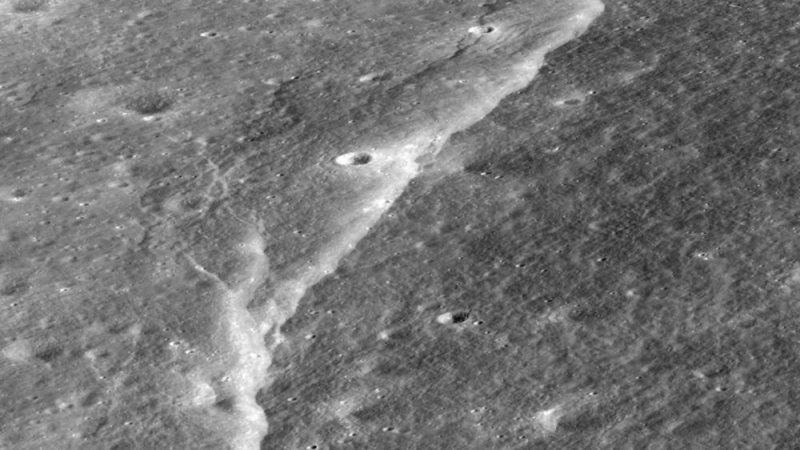NASA wants to measure moonquakes with laser-powered fiber optic cables

Even without any known active tectonic movement, the moon can still rumble. Its dramatic thermal changes, miniscule contractions from cooling, and even the influences of Earth’s gravity have all contributed to noticeable seismic activity. And just like on Earth, detecting these potentially powerful moonquakes will be important for the safety of any future equipment, buildings, and people atop the lunar surface.
But instead of traditional seismometers, NASA hopes Artemis astronauts will be able to deploy laser-powered fiber optic cables.
In a recent study published in Earth and Planetary Science Letters, researchers at Caltech made the case for the promising capabilities of a new, high-tech seismological tool known as distributed acoustic sensing (DAS). Unlike traditional seismometers, DAS equipment measures the extremely tiny tremors detected in laser light as it travels through fiber optic cables. According to a separate paper from last year, a roughly 62-mile DAS cable line could hypothetically do the job of 10,000 individual seismometers.
[Related: Researchers unlock fiber optic connection 1.2 million times faster than broadband.]
This is particularly crucial given just how difficult it’s been to measure lunar seismic activity in the past. Apollo astronauts installed multiple seismometers on the lunar surface during the 1970’s, which managed to record quakes as intense as a magnitude 5. But those readings weren’t particularly precise, due to what’s known as scattering—when seismic waves are muddied from passing through layers of extremely fine, powdery regalith dust.
Researchers believe using fiber optic DAS setups could potentially solve this problem by averaging thousands of sensor points, and the data to back it up. According to a recent Caltech profile, the team of geophysicists deployed a similar cable system near Antarctica’s South Pole, the closest environment on Earth to our natural satellite’s surface due to its remote, harsh surroundings. Subsequent tests successfully detected subtle seismic activity such as cracking and shifting ice, while holding up against the harsh surroundings.
Of course, the moon’s brutal surface makes Antarctica look almost pleasant by comparison. Aside from the dust, temperature fluctuations routinely vary between 130 and -334 degrees Fahrenheit, while the lack of atmosphere means regular bombardment by solar radiation. All that said, Caltech researchers believe fiber optic cabling could easily be designed to withstand these factors. With additional work, including further optimizing its energy efficiency, the team believes DAS equipment could arrive alongside Artemis astronauts in the near future, ready to measure any moonquakes that come its way.










